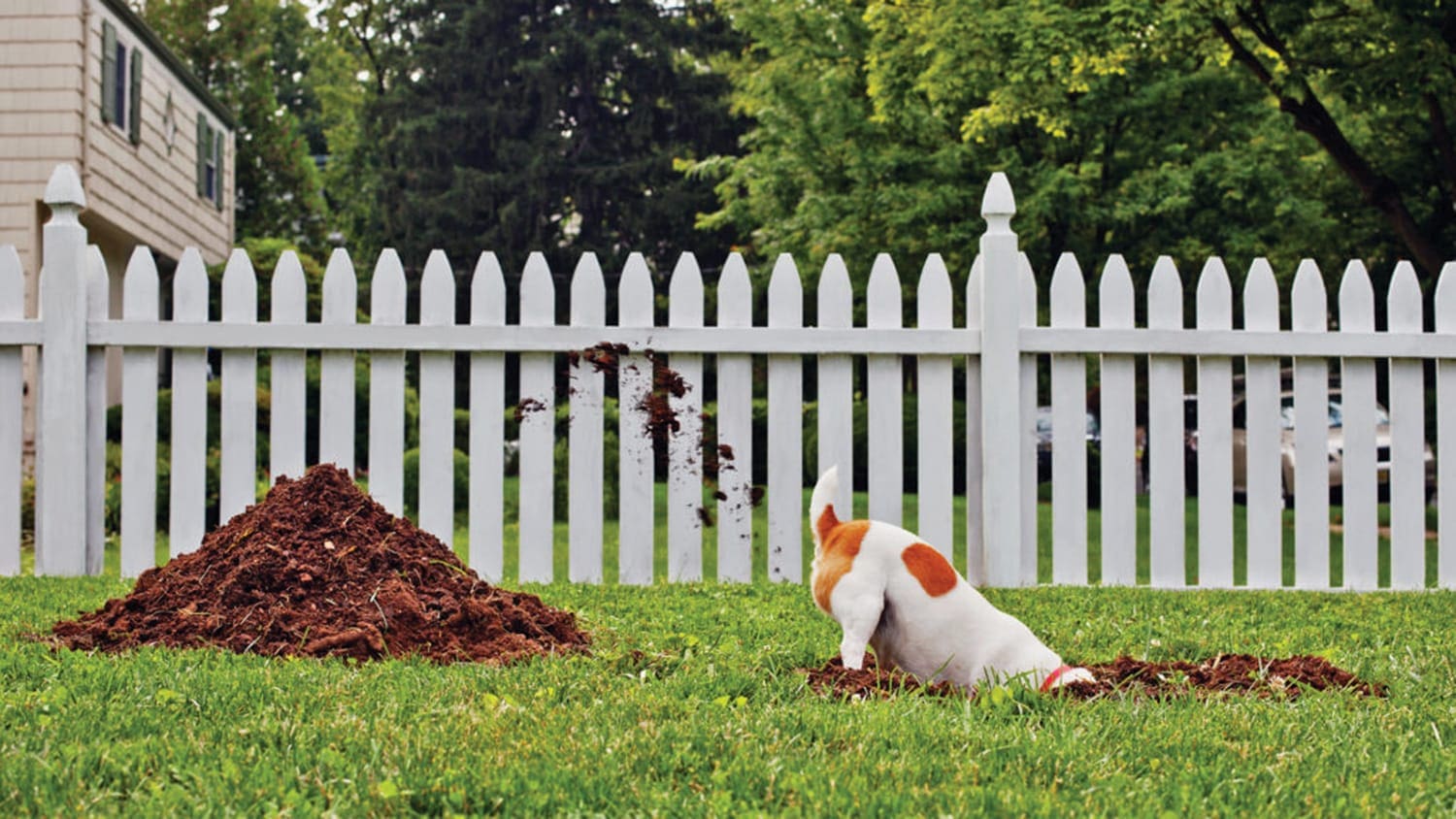Does your dog suffer from Obsessive Compulsive Disorder?

Obsessive compulsive disorder is a psychological condition that most of us have heard of as appearing with various different forms of manifestation in the human population, although the condition is still often poorly understood by those who do not suffer from it.
However, obsessive compulsive disorder or OCD as it is commonly known is not exclusive to humans, and can also affect certain dogs too - although of course the ways in which dogs display obsessive compulsive traits and how it may cause them to act are very different to that of people.
A great number of the most common behavioural problems that occur in dogs have an obsessive element to them-such as digging, tail chasing, or grooming a certain part of the body. In some dogs, such behaviours are minor and up to a point, normal and natural-for instance, most dogs of the terrier type like the Parson Russell terrier like to dig, and will often get quite carried away when doing so. However, there is a fine line between a normal canine behaviour that your dog likes to do often, and an obsessive compulsive type of behaviour, and it is important to be able to tell the difference between the two.
In this article, we will look at obsessive compulsive behaviours in dogs in more detail, including some of the most common manifestations of the condition, why they might occur, and what can be done to resolve problems of this type. Read on to learn more.
What is obsessive compulsive disorder in dogs?
The nature of obsessive compulsive disorder in dogs is twofold, and involves the manifestation of a behaviour that is obsessive as in, it becomes the dog’s sole or main focus when they are undertaking the behaviour and it will be hard to divert them or convince them to stop doing it. The manifestation of the behaviour itself will also be compulsive, in that the dog feels driven to carry out or continue said behaviour continually or regularly.
For instance, you may be able to divert the dog or remove them from the situation in which they are able to manifest the behaviour (such as by bringing them inside if they are digging) but the dog will still be keen to return to said behaviour, and is apt to do so as soon as they are able.
To determine a behaviour that is obsessive compulsive from the same activity performed as part of normal life, if the behaviour in question is potentially harmful, disruptive or otherwise unhealthy - or occurs due to an issue such as boredom or frustration - the issue may be considered to be obsessive compulsive.
How does the condition present in dogs?
Exactly how any given dog finds an outlet for their obsessive compulsion can be hugely variable, and for some dogs may be comprised of several different behaviours. However, not all of the behaviours that can potentially be obsessive compulsion automatically will be, and this is why being able to determine an obsessive compulsive behaviour from the same behaviour within a normal context is important.
Some of the most common forms of obsessive compulsive behaviours in dogs include:
• Chasing the tail.
• Licking or over-grooming a certain area of the skin.
• Chewing beyond the normal levels inherent to all dogs.
• Digging.
• Eating non-food items such as faeces.
• Obsession with a certain toy.
• Pacing or walking in circuits.
• The drive to retrieve and continue to demand a toy be thrown beyond the point where the dog is tired.
These are just a few potential manifestations of obsessive compulsive behaviours in dogs, and again, context is important.
Why might compulsive behaviours become established?
The development of obsessive compulsive behaviours in dogs may have a hereditary factor for it, making certain types of dogs more likely to display certain types of obsessive compulsive behaviours than others. For instance, for terriers, digging is common, for guarding and watchdog breeds, pacing and patrolling, and for herding and working breeds, running in circles or obsession with retrieving may be more likely.
However, for such behaviours to become a problem and manifest as OCD rather than a standard breed trait and preference, there will almost certainly be something else going on too.
Boredom, frustration, a lack of stimulation, not enough exercise, stress and anxiety all contribute to obsessive compulsive behaviours in dogs, and/or will reinforce or amplify otherwise normal behaviours to the point of obsession.
What can you do for a dog with OCD?
You should talk to your vet in the first instance if you suspect your dog is suffering from OCD, as for some manifestations of the condition-such as over-grooming, there may be a physical problem at the root of the issue, such as skin irritations caused by allergies. Your vet will also be able to help you to review your dog’s main traits and their lifestyle to identify potential issues that contribute to the condition.
Correcting or minimising OCD in dogs depends on being able to identify the cause and correct it (such as boredom) and also, break the behaviour pattern and thought processes that lead to OCD behaviours. This will include using diversions, training and conditioning to disrupt the action and reward cycle of the OCD behaviour.
You may wish to speak to a professional canine behaviourist if the problem is acute, because correcting such an issue alone can be challenging for the layman.
(Article source: Pets 4 Homes)




